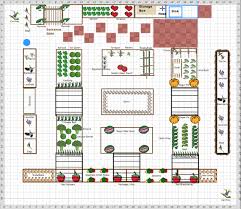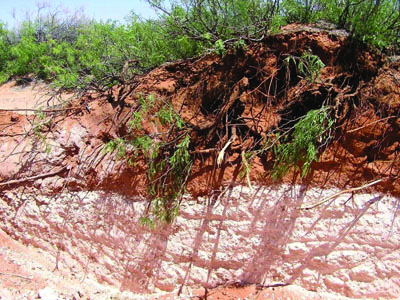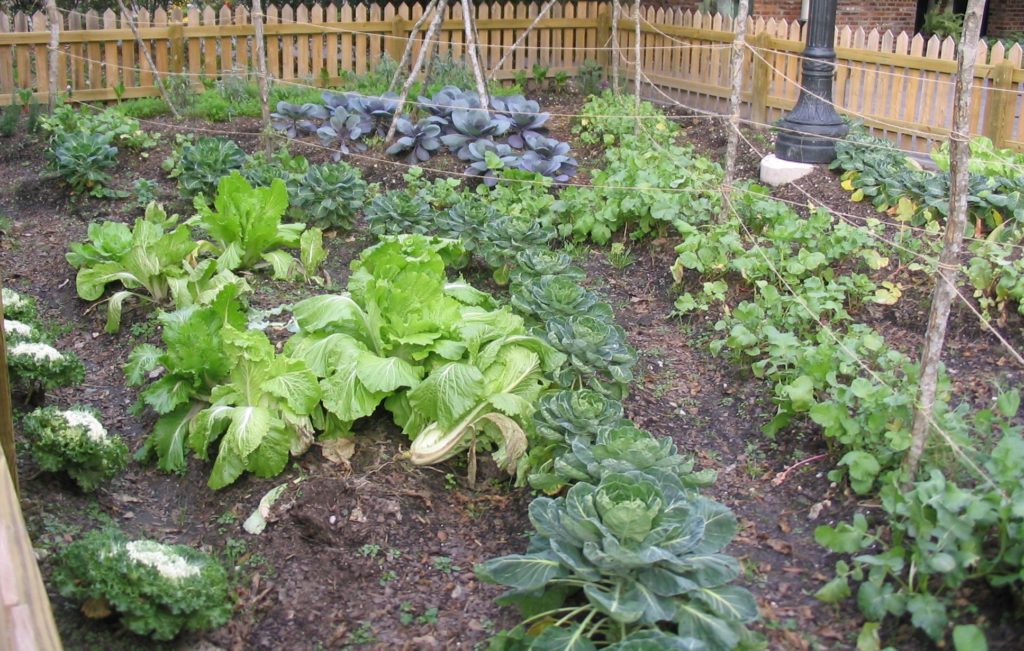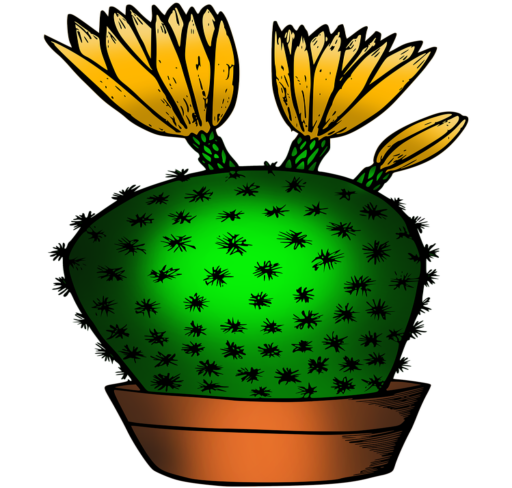Plan Ahead & Keep Records
Taking the time to prepare a helpful plan is one of the most significant things you can do for your garden. You’ll need to consider which crops to raise, how much of each crop to plant, and when to expect your crop. It’s no overstatement to say that a comprehensive garden plan alone can double or triple the productivity of a garden.
Plan Before You Plant

Planning Your Garden on paper first is critical to a good garden experience. One of the first steps to planning the garden is to create a base map. One that shows existing buildings, impervious surfaces, and landscape features. Draw a map showing the arrangement and spacing of the plants you wish to grow. If you plan to garden all year or for several seasons you may need separate plans for spring, summer, and fall. It’s important and fun to make a map of your garden to scale to decide where you want to plant what.
Planning Your Garden Ahead is Absolutely Necessary!
This will also give you an easy reminder in the future of where each plant was the year before. It’s important to know, so that you can rotate the crops to prevent planting closely related plants in the same space. Closely related plants frequently have the same disease and bug difficulties and should not follow each other in a crop or plant rotation.
The Size and Location of the Garden Will Depend on a Variety of Factors
It’s essential to consider how much land will be available and whether or not the location of the land is suitable for growing vegetables. When selecting the location for your garden, be sure the soil is deep and drains well. Access to a nearby water source is very important. Watering Your Garden is crucial for the garden’s health and growth. The looks of the garden may also be a consideration as to the location. Put the garden in an appropriate location that you will want to visit every day.
How Much Space Do You Have?
Find out how much space you have to work with. This will determine how much you can plant. To measure, simply calculate the length times width of your space to get the number of square feet.
What Do You Want to Plant?
Think about amount of space you have and how much you want to harvest, consider what you want to plant. Do you want a little of everything, or do you want to test out different varieties of a specific fruit or vegetable? Family needs and wants. If this is your first garden, you may want to plant vegetables you are sure you and your family like. How many people are in your family and what are their taste preferences? What vegetables you want to grow? What is your availability of time to garden. The size of plants planned to be grown needs to be considered.
When Should I Plant My Garden?
The timing of your planting is key to getting the most out of your garden. If you plant too early you may be in danger of experiencing a frost event. To avoid this, plan to get your garden in after the last average frost date in the spring. This information can be found with a quick search through the http://USDA Plant Hardiness Zone Map
Most garden Catalogs have seed available year-round. Plan the garden and order the seeds by January or February
For low-desert gardeners, store seeds in the refrigerator to maintain viability until fall plantings. Some plants may be started indoors as early as 12 weeks prior to being set out in the garden. Please see: Preparing the Soil.
Some plants take very little space like leaf Lettuce, Spinach, Radish and other vegetables that require little space to grow are the plants of choice in smaller gardens.
Make note that spreading vine crops like Cantaloupe, Sweet Potatoes, Watermelon, and Pumpkins, require a large space to grow properly.
Some Soils are Extremely Difficult to Grow in.
If you discover your soil is caliche (layers of calcium carbonate) or hardpans (compound layers of soil), you may want to try a Raised Beds garden.

What Kind of Light Do You Have?
Deprived of sufficient sunlight, even a garden with the most astonishing soil & scrupulous care will produce leggy, stressed crops & marginal harvests.
Sun in the desert is often “full-sun” from sunup to sundown. It can be as much as 12 Hours or more of direct sun.
Knowing if your garden will get full sun vs. part sun will greatly influence what you can plant or specific varieties you will want to get. Generally full sun is desired for vegetable gardens, however you can still have success with partial sunlight or shade.
South and west exposures are hotter and drier, heat up earlier in the spring, and may push the limits of poorly adapted plants in the extremes of summer heat and winter cold. This maybe too much sun for many plants.
In many parts of the U S, vegetable gardeners struggle to find a spot that gets at least 6 hours of sunlight in a day (8 to 10 hours of sun per day is idyllic). In the Southwest, however, you often have to figure out how to keep your garden from getting too much sunlight. So a little shade in the afternoon sun is desirable.
Some trees or other barriers located a safe distance to the south and especially the west could provide relief from the afternoon sun. A light breeze is prefect.
Protect the Garden.
It is critical to shelter the garden with fences from pets, rodents and wildlife. Deer, rabbits, squirrels and livestock love to munch-up tender garden vegetables. Strong walls or fences may be needed to protect the garden.
Employ Advantageous Microclimates
Every property has a distinctive set of climatic environments, which donate to the location’s “Microclimate.” Wind patterns, sun exposure, and the building materials on your land all have substantial effects on plant health and yield. Building materials can have surprisingly large impacts. For example, a concrete driveway will capture and discharge much more heat than a gravel driveway. Similarly, an exposed concrete foundation will capture more heat than a wall with wooden covering. Keep the ensuing points in mind, as you’re identifying micro-climates on your site:
Heat Sinks.
The outside walls of your house, shed, garage, or other building take heat from the sun and circulate it back on to the environment, so adjacent areas have higher temperatures.
Wind Breaks.
Hedges and fences can help disrupt prevailing winds.
Afternoon Shade.
While we typically say more sun is better, in hot climates, heat-sensitive crops desperately need respite from intense afternoon heat.
Dry Spots.
The areas underneath trees and eves of buildings may have extremely dry soil that is not suitable for growing most vegetables.
Cold Spots.
Areas at the base of a hill maybe cooler than nearby areas. Just as warm air rises, cool air sinks, and cool air pockets can settle at the bottom of a hill.
When to Harvest?
Calculate your harvest date using the days to maturity listed with each seed. If you are transplanting starts you will use the days to maturity from planting number. Count from your plant date forward to know when you can start harvesting. It can also be helpful to schedule any additional fertilizing or maintenance, like pruning or thinning, that should take place. If you are wanting to harvest by a specific date just count back the days to maturity to know when you should start plan

